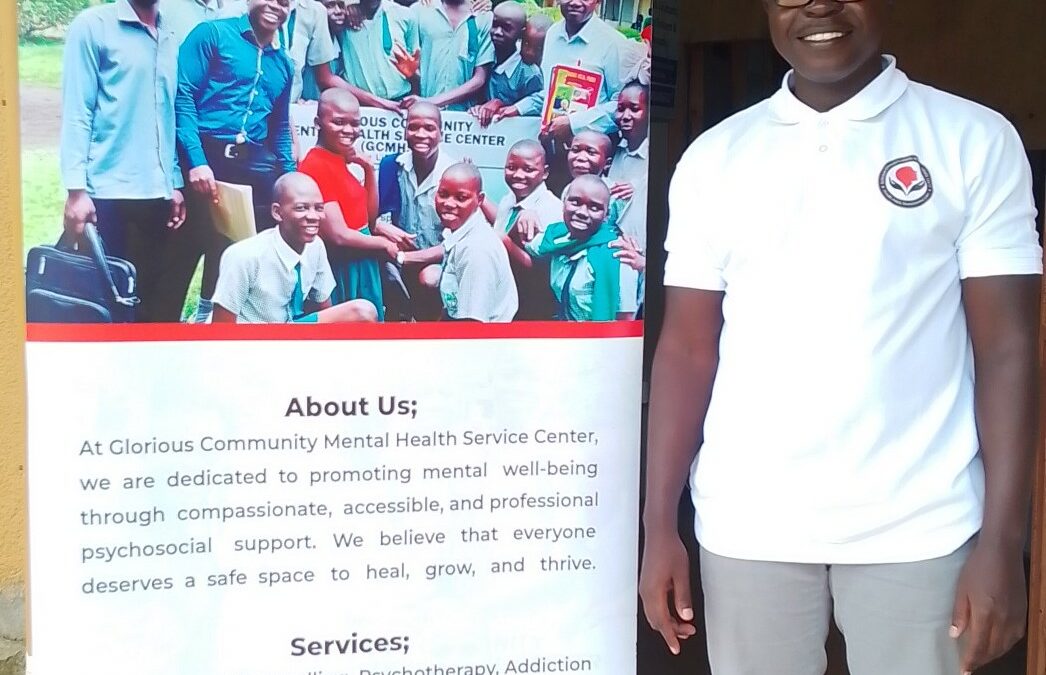As Suicide Prevention Awareness Month unfolds, the Lango sub-region faces a growing mental health emergency.
By Flavia Oyuu, Communications Office, Lira Catholic Diocese
Rising Suicide Rates in Uganda
September marks the global observance of Suicide Prevention Awareness Month, and in Uganda, the urgency has never felt more pressing—especially in Northern Uganda and the Lango sub-region.
According to the World Health Organization (WHO), Uganda’s suicide mortality rate was about 6 per 100,000 in 2021 (age-standardized). Recent police data shows a rising trend: 218 suicide cases were reported in 2024, up from 165 in 2023.
In Northern Uganda, post-conflict communities continue to struggle with trauma and mental health challenges. Surveys indicate 12% of adults have experienced suicidal thoughts, while 6% have attempted suicide. Refugee settlements in the region recorded 59 deaths and 190 attempts in 2024.
Alarming Situation in Lango Sub-Region
The Lango sub-region, home to roughly 2.1 million people, faces a particularly serious challenge. Police data from 2022 shows one child suicide or attempt every week, and four child deaths per month. Parents, teachers, and community leaders have expressed deep concern over these trends.
Expert Insights: Mental Health Matters
Mental health professionals warn that behind the rising numbers lies a crisis of untreated illness.
Daniel Peter Obol, a mental health counselor with a background in community psychology and psychotherapy, says:
“Mental health and illness pose a great risk to the growth of society if not addressed. If we, the people of Northern Uganda, if we, the communities of Lango, make mental health a priority, we wouldn’t have cases of suicide.”
Obol notes that globally 800,000 people die by suicide each year, and Uganda’s rate is higher than the global average—a situation particularly serious in Northern Uganda.
He emphasizes that mental health is as important as physical health, because it enables people to cope with life’s challenges. Warning signs of someone at risk include impulsive or reckless behavior, withdrawal from loved ones, mood swings, and aggression among others.
Local Solutions and Community Action
Obol serves as Executive Director of the Glorious Community Mental Health Service Centre – Physic Clinic (GCMHSC), located in Kichope Cell, Lira City Western Division. His facility is one of the few private mental health centers in the entire Lango sub-region working to close the service gap.
Through school visits, community engagements, and rehabilitation programs, GCMHSC has reached young people and families with counselling, awareness campaigns, and psychosocial support. Obol says the impact has been positive, particularly among youth who have passed through their rehabilitation program.
He is calling on religious leaders, cultural leaders, and the media to normalize conversations about mental health and encourage families to treat mental well-being as seriously as physical health.
Despite the grim statistics, local initiatives offer hope. Suicide prevention advocates stress that suicide is preventable if communities act together—through empathy, early intervention, and stronger investment in mental health care.
Quick Facts & Help Info
National Snapshot
- Suicide death rate (age-standardized): ~6 per 100,000 (2021 WHO)
- Attempted suicides recorded by police: 165 in 2023 → 218 in 2024
Regional Focus: Northern Uganda & Lango Sub-region
- Northern Uganda: 12% suicidal ideation, 6% attempts
- Refugee settlements (2024): 59 deaths, 190 attempts
- Lango area (2022): 1 child suicide or attempt/week; 4 deaths/month
Where to Seek Help
- Butabika National Referral Hospital — Kampala
- Glorious Community Mental Health Service Centre – Physic Clinic (GCMHSC) — Kichope Cell, Lira City Western Division
- Local health centers and district hospitals in Northern Uganda
- If someone is in immediate danger, call the nearest police station or health facility


Recent Comments